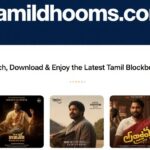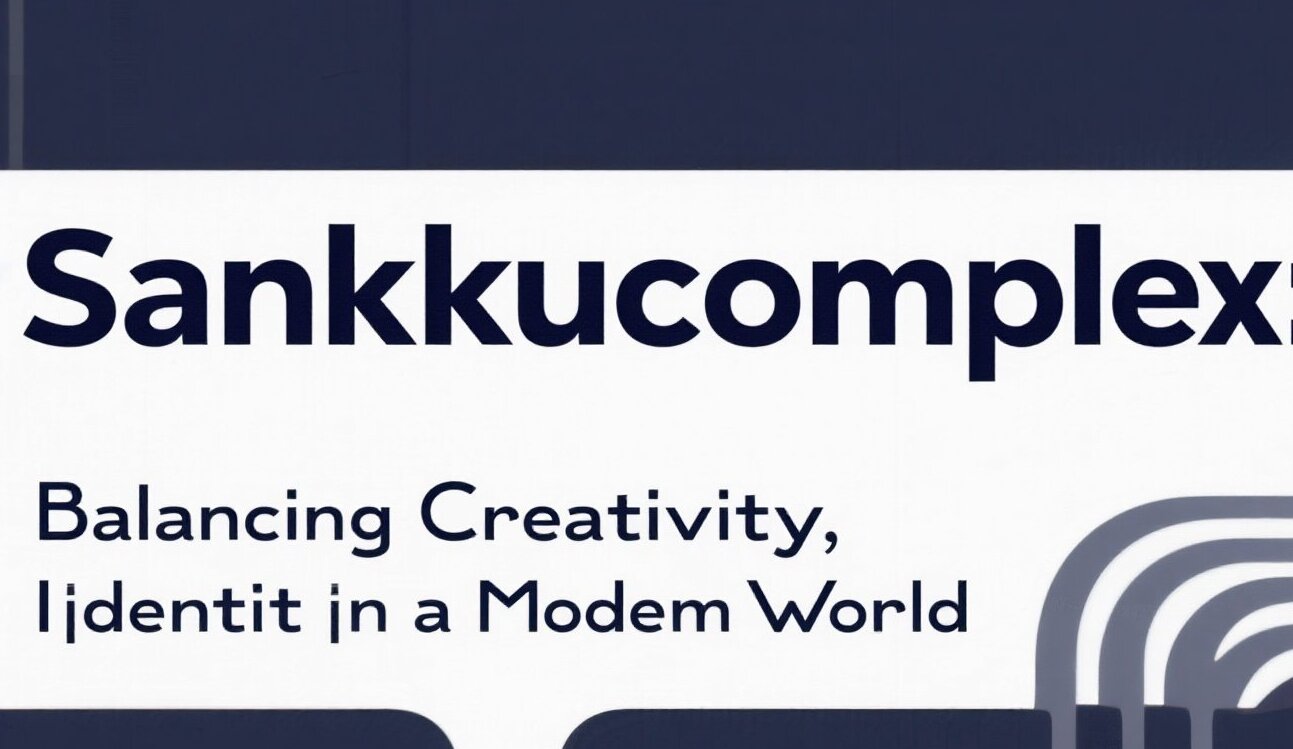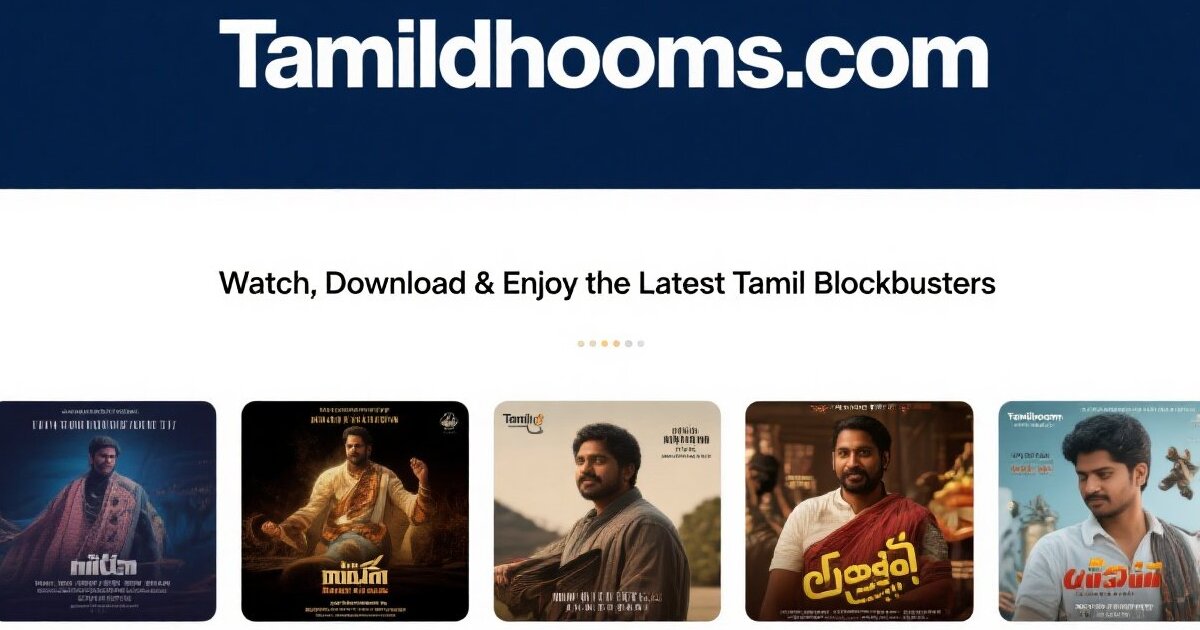1. Introduction – Unpacking the Many Faces of Sankkucomplex
The word Sankkucomplex may sound mysterious, but it perfectly captures the dual realities of modern life. At its core, it is a multi-dimensional concept that reflects how individuals navigate creativity, relationships, and cultural identity within complex systems. What makes Sankkucomplex fascinating is its ability to hold multiple overlapping meanings.
On one level, it symbolizes the intersection of creativity and complexity, where originality thrives inside structured networks—whether in technology, art, or business. On another level, the Finnish slang sankku translates to “single person,” giving the term a psychological layer tied to singlehood and social pressure. Finally, it embodies the ongoing cultural conflict between tradition and globalization, where people balance heritage with the demands of a hyper-connected world.
Understanding Sankkucomplex is not about choosing one interpretation over another; it is about recognizing the rich interplay of individuality and structure. This article explores its etymology, cultural relevance, psychological depth, and technological applications, showing how Sankkucomplex provides a framework for thriving in a world of rapid change.
2. What Is Sankkucomplex? A Layered Definition
The beauty of Sankkucomplex lies in its layered meaning. The first half of the word, Sankku, can represent creativity, originality, and uniqueness. In Finnish slang, however, it directly translates to “single person,” adding an emotional dimension of independence and the social challenges of singlehood. The second half, Complex, points to networks, layered systems, or intricate emotional states. Together, the term describes the meeting point of individuality and structure, where personal freedom must coexist with interconnected systems.
This definition makes Sankkucomplex a useful lens for understanding modern life’s contradictions. In art, it explains how creators find freedom within structured frameworks like music theory or narrative form. In relationships, it highlights the tension between societal expectations and personal choice. In culture, it reflects the challenge of staying authentic in a globalized world. Whether you are a designer balancing creativity with code, a single professional navigating social pressure, or a migrant negotiating tradition and modernity, Sankkucomplex provides a philosophy of coexistence.
3. The Origins of Sankkucomplex – From Niche Forums to Global Vocabulary
Like many modern concepts, Sankkucomplex was not born in an academic textbook but in online communities where creativity and individuality were celebrated. Early internet forums and niche cultural discussions began using the term to describe the balance between originality and structure, especially in technology and art circles.
Simultaneously, in Finland, sankku gained popularity as slang for a single person, giving the word a second life as a way to discuss the emotional landscape of singlehood. Over time, these two threads merged. Globalization and social media amplified the term, allowing it to travel across languages and disciplines.
Today, Sankkucomplex is used in tech blogs, cultural essays, psychological discussions, and social forums, reflecting its versatility. What began as fragmented conversations has become a global vocabulary for describing the tension between individuality and interconnected systems. Its evolution mirrors the digital age itself: decentralized, collaborative, and constantly adapting.
4. Sankkucomplex in the Digital Age – Technology and Innovation
In the world of technology, Sankkucomplex is more than a metaphor—it is a practical approach to innovation. Modern tech ecosystems are built on the interaction between creative problem-solving and structured engineering, which is precisely what the term represents.
- Software Development: Developers often combine unique coding styles with established frameworks. Agile methodologies, for example, encourage individual creativity while maintaining systematic workflows.
- Artificial Intelligence (AI): AI development showcases Sankkucomplex by merging algorithmic complexity with human creativity. AI tools learn patterns but rely on creative input to solve real-world problems.
- UI/UX Design: Designers must balance artistic vision with technical constraints, creating interfaces that are both functional and visually engaging.
By embracing Sankkucomplex thinking, tech teams foster collaboration and innovation, turning complexity into a platform for originality. Companies that adopt this mindset are better equipped to handle rapid technological change, making it a valuable philosophy for digital creators and entrepreneurs.
5. Creativity Within Complexity – The Artistic Dimension
Art has always thrived at the intersection of freedom and structure, and Sankkucomplex perfectly captures this dynamic. Contrary to the belief that creativity requires total chaos, many of the world’s greatest works were produced within structured constraints. Writers often use structured plots to craft powerful narratives that still surprise readers. Musicians blend classical techniques with experimental sounds, creating genres that feel both familiar and groundbreaking. Entrepreneurs design original products while relying on proven business frameworks to bring their ideas to market.
Real-world examples abound: the architectural marvels of Zaha Hadid, the cinematic storytelling of Christopher Nolan, or the genre-bending music of Björk—all illustrate Sankkucomplex in action. These creators show that structure enhances creativity, challenging innovators to push boundaries while respecting foundational principles. In art, as in life, Sankkucomplex reminds us that rules can be tools, not limitations.
6. The Psychological Perspective – Singlehood and Social Expectations
In Finland and beyond, Sankkucomplex has gained a psychological meaning tied to singlehood and societal pressure. As marriage rates decline globally, many individuals remain single longer, but cultural norms still equate success with romantic partnership. This creates a unique emotional state: the Sankkucomplex.
Key psychological aspects include:
- Fear of Missing Out (FOMO) when peers reach traditional milestones like marriage or parenthood.
- Comparison and Self-Esteem issues amplified by social media’s curated portrayals of “perfect” relationships.
- Cultural Pressure to conform to family expectations.
Yet Sankkucomplex is not purely negative. By reframing singleness as an opportunity for independence and growth, individuals can break free from harmful narratives. Single life offers freedom to explore careers, hobbies, and friendships without compromise. Understanding this aspect of Sankkucomplex empowers people to view independence as strength, not failure.
7. Cultural Identity and Inner Conflict
Beyond relationships, Sankkucomplex also reflects the cultural tug-of-war between tradition and modernity. In an era of globalization, migrants and diaspora communities often feel torn between preserving heritage and adopting new lifestyles. Younger generations face similar dilemmas as they negotiate family expectations versus personal freedom.
This tension is not purely destructive. It can foster hybrid identities, where individuals draw strength from multiple cultures. Artists channel it into literature, music, and film, creating works that resonate across borders. Sankkucomplex thus becomes a lens for understanding how culture evolves—not as a clash of opposites but as a dialogue between past and present.
8. Real-World Applications Across Sectors
The principles of Sankkucomplex are not confined to philosophy—they have practical applications across industries:
- Education: Teachers can design lessons that combine creative projects with structured learning outcomes, encouraging critical thinking while meeting academic standards.
- Business: Companies thrive by blending innovation with proven systems, using agile frameworks to encourage experimentation while maintaining operational stability.
- Personal Growth: Individuals can use Sankkucomplex thinking to balance freedom and discipline, turning life’s complexity into a tool for self-improvement.
By embracing this mindset, both individuals and organizations can adapt to uncertainty, making Sankkucomplex a valuable framework for success in the 21st century.
9. Sankkucomplex in Online Communities and Pop Culture
Digital platforms are fertile ground for Sankkucomplex, where unity in diversity is not just a slogan but a lived reality. Online forums, creative collectives, and social activism groups thrive because they combine individual contributions with collective goals.
Pop culture reflects this dynamic as well. Films like Everything Everywhere All at Once or series like Black Mirror explore themes of complexity, individuality, and interconnectedness. Influencers and content creators often share personal stories of balancing tradition, technology, and self-expression—essentially living the Sankkucomplex without naming it.
These examples show how the concept has seeped into mainstream consciousness, even when the term itself remains niche.
10. Challenges in Understanding and Using the Term
With its many layers, Sankkucomplex risks becoming a buzzword if used carelessly. Some may oversimplify it as merely a tech trend or a dating term, missing its deeper cultural and psychological dimensions. Others may apply it so broadly that it loses meaning.
To keep Sankkucomplex useful, it must be contextualized. Whether discussing art, relationships, or technology, users should define what aspect they mean—creativity, singlehood, or cultural identity. This clarity preserves the concept’s richness while avoiding superficial adoption.
11. Strategies for Navigating Sankkucomplex in Daily Life
Living with Sankkucomplex is less about solving a problem and more about embracing balance.
- Reframe the Narrative: View complexity as a growth opportunity rather than an obstacle.
- Adopt a Hybrid Identity: Blend tradition and innovation without guilt, creating a personal culture that reflects both.
- Build Community: Surround yourself with people who celebrate individuality within collective systems.
For businesses, this means fostering inclusive cultures that value diverse contributions. For individuals, it means practicing self-care, setting boundaries, and celebrating personal milestones without comparing them to societal timelines.
12. The Future of Sankkucomplex – From Concept to Global Mindset
As technology advances and cultures mix, Sankkucomplex will only become more relevant. Artificial intelligence, hybrid work models, and global collaboration all demand the ability to balance creativity with complexity. Social movements are also reshaping norms around relationships and identity, reducing stigma around singlehood and celebrating independent lifestyles.
In the coming years, Sankkucomplex could evolve from a niche term into a global philosophy, guiding how societies innovate, collaborate, and redefine success.
13. Conclusion – Embracing the Power of Duality
Sankkucomplex is more than a word; it is a mirror of modern existence. It captures the universal challenge of balancing individuality with interconnected systems, creativity with structure, and tradition with change. Whether applied to technology, art, or personal relationships, Sankkucomplex invites us to see complexity not as chaos but as a canvas for growth.
By embracing this duality, we can innovate, connect, and thrive in a world where complexity is not the enemy of creativity but its greatest ally.










